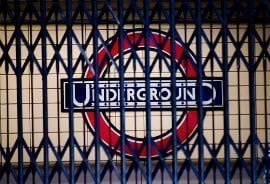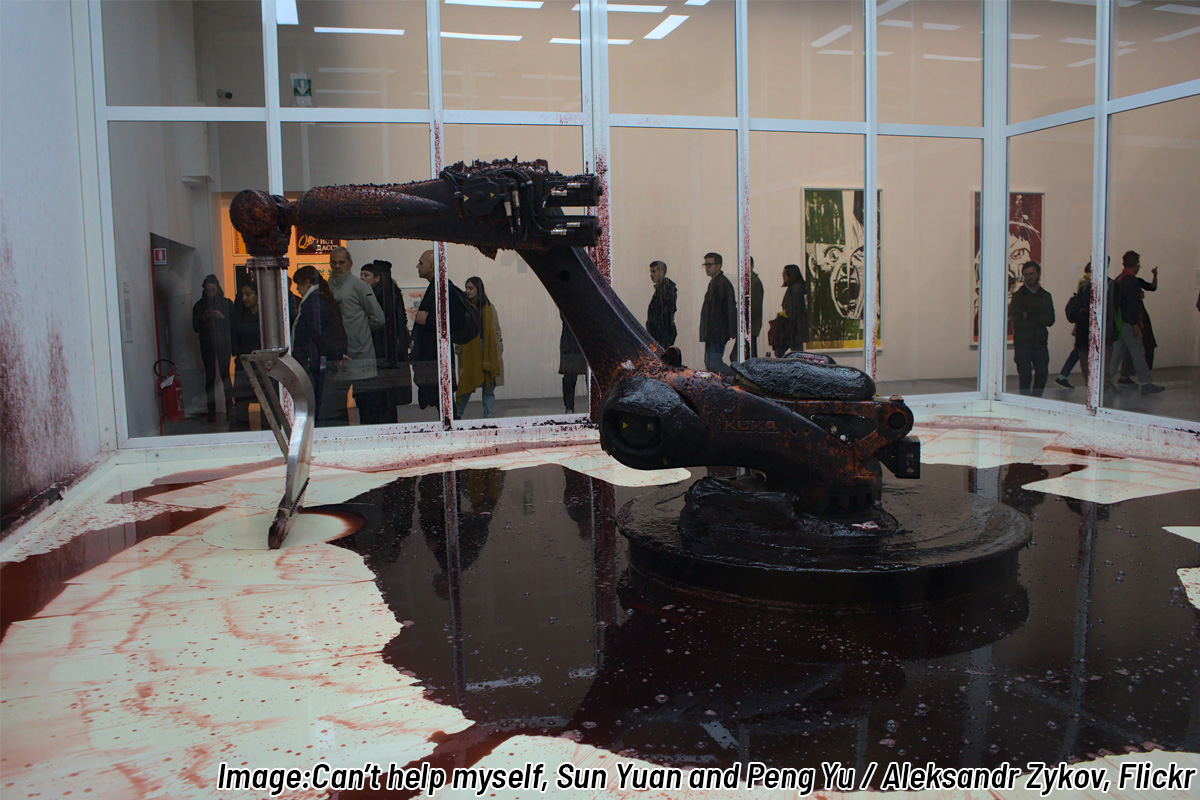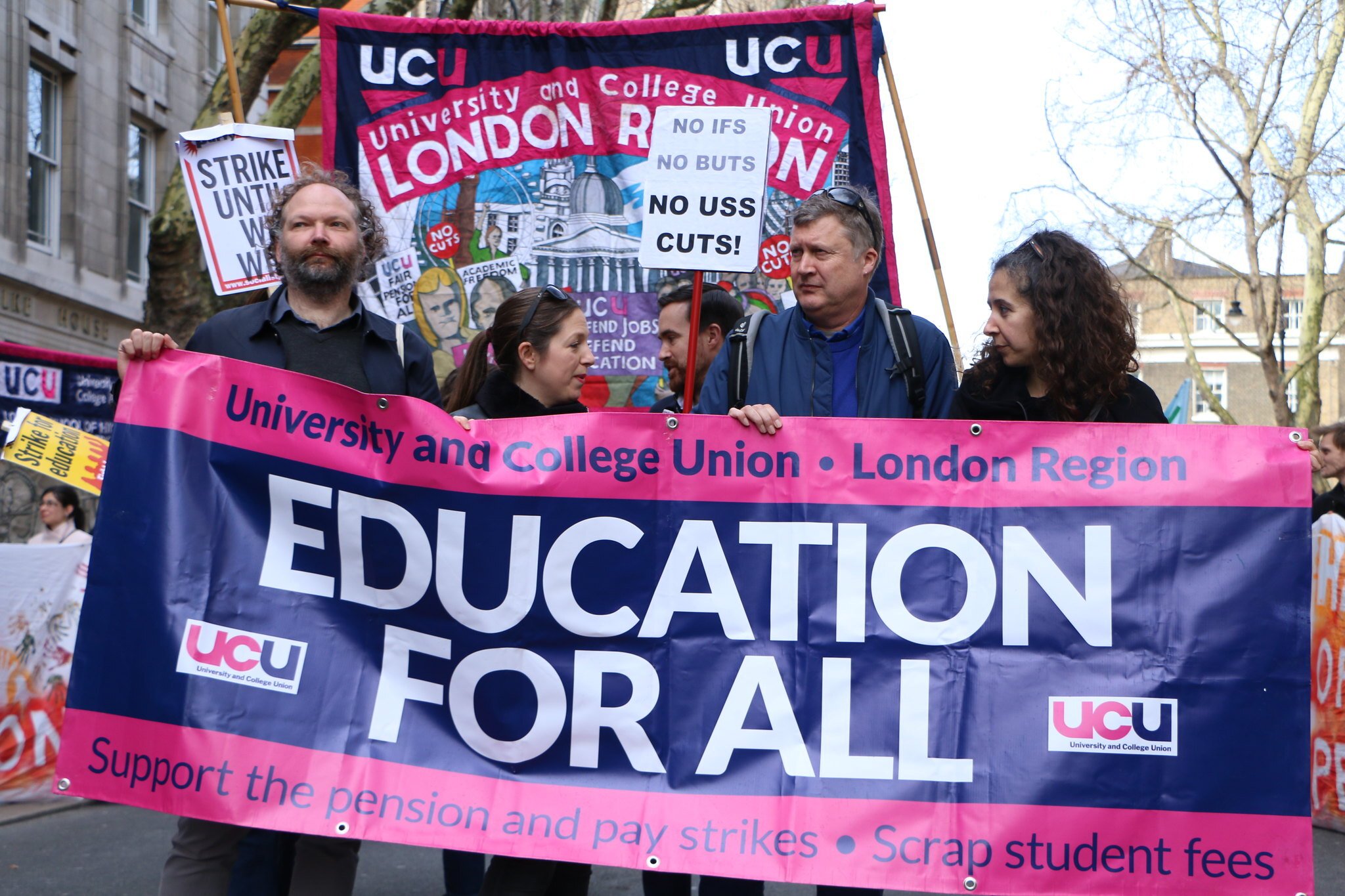The first two days of the tube workers’ strike over planned cuts to ticket office staff was a great success, with joint action by the RMT and TSSA (Transport Salaried Staff Association) that succeeded in bringing London to a near stand still. Now is the time for the unions to use this momentum and step up the action.
The first two days of the tube workers’ strike over planned cuts to ticket office staff was a great success, with joint action by the RMT and TSSA (Transport Salaried Staff Association) that succeeded in bringing London to a near stand still.
The 48 hour strike was called in response to planned cuts in staffing of ticket offices – by some 900 staff – by Transport for London (TfL), which is part of a wider attack on the workforce across TfL.
The report in the Evening Standard (hardly a friend of the unions) on the evening of the first day claimed the capacity of the tubes was reduced to 35%. In reality this percentage was only achieved by midday. 80 stations were shut and three lines, including the Central Line, were completely out of action, whilst most of the remainder were running a skeleton service. Farcically, TfL announced these were running a “Special Service”. What was special about these services? They were infrequent, jam packed and subject to the “exigencies of service”, i.e. cancellation at short notice.
Several mainline stations had to be closed due to chronic overcrowding, particularly at the morning peak. Management were putting commuters at personal risk by trying to break the strike. Hit hardest were the ultra modern Stratford terminus, Paddington, London Bridge and the Elephant and Castle stations, where police where called to turn away thousands from the locked stations. Buses strained to cope.
With this strike on the tube the organised working class have shown their strength when they move into action.
The dispute centres around TfL bosses, and behind them Boris “Bojo” Johnson’s plan to get rid of 900 staff, and is part of a much wider attack inside TfL on workers’ terms and conditions. It is highly likely that behind Boris, the coalition Tories were egging on TfL bosses, looking for a “Maggie moment” showdown with the TfL unions. The strike has been immediately linked to the question of the 900 threatened staff cuts, but needs to be seen as a wider attack on the working class as a whole.
TfL are seeking a five year rolling pay freeze, which will get worse with each year passing and will impact pensions. On top of this, TfL have altered the performance bonus scheme, long a bone of contention, now weighing ‘behaviour’ above all else. This means staff can do really well on all the other aspects of performance but fall down on “attitude and behaviour”, which will penalise those who don’t get on with their manager. In this dispute both TSSA and UNITE are looking to ballot for action.
TfL bosses launched a big propaganda offensive against the strike claiming 450 staff had already volunteered for redundancy. The attack was ramped up by David Cameron, who called the strike “appalling”. This was echoed with the predictable barking and howling by the capitalist press, along with personal attacks on Bob Crow.
Nevertheless, opinion polls have shown huge sympathy for the strikers from an austerity battered public sick of attacks on living standards and privatisation of public services.
As a result of the 48 hour strike, the Tories are back in their traditional role as the nasty party. They are looking to introduce yet more anti-union legislation, this time aimed at banning industrial action in the public sector. Ludicrously, their justification for doing so was that the strike was too successful!
The strength of the strike has shown that the Tories are scared of the unions when they flex their muscles. Now the unions involved should step up the action with longer strikes. A solidly organised strike lasting several days will cripple London and help the rest of the class realise what power we really have if we are conscious of it.
The Tories and the ruling class generally are being forced into this direction by the terminal decay of British capitalism and the overwhelming need to off-load the problems of their declining system onto the back of the working class. What stands in their way is the might of the unionised workers.
The tube workers’ strike has demonstrated the latent power of the working class; but it is also a warning that the bosses are looking for a showdown with all workers.
At TfL the gloves are off as management seek to force us to accept pay and job cuts as the price for bailing out Britain’s parasitic banks. TfL is a big organisation and a key force in the London working class. The unions now need to present a united front to drive the Coalition and its fat-cat banker backers from power.
On the Thursday of the strike, the UCU, Unison, and UNITE were also taking strike action in universities. This simultaneous action was more a case of accident than design. Nevertheless, the higher education strikes were all the more effective because of the Tube strike. The need is clear: for united struggle across all fronts. The trade union leaders should be planning co-ordinated action across different sectors, rather than isolated one-day strikes, in order to maximise the impact of any action and give confidence to workers.
This strategy needs to be combined with a united political struggle from the unions to transform the Labour Party with socialist policies. In disputes such as this, we need a Labour Party campaigning for the re-nationalisation of the railways, taking the separate Tube lines out of private management. Only in this way can we end the disaster and anarchy of far-rises, attacks on jobs and declining services.
- Step-up the action while we’ve got momentum!
- For the re-nationalisation of the railways!
- Fight for socialist policies in the unions and Labour Party!





